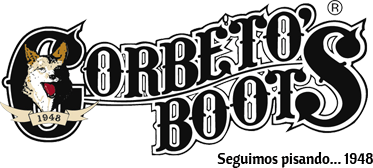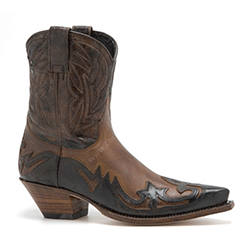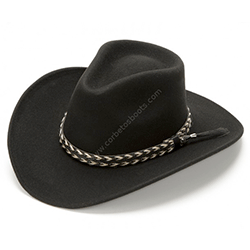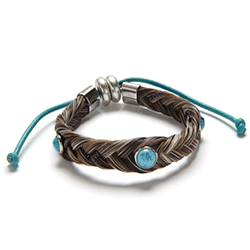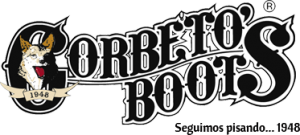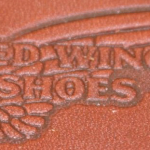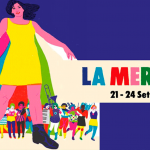Summer holidays are almost over, and when september starts, one of the first things that comes to our mind is the back to school. Well, maybe for some of us this period of our life is already over, but deffinitively is the time to resume the dance lessons.
Surely, along these summer weeks we have all danced country when the chance appeared during town fairs, festivals or visiting a honky tonk. But now it’s time of our “back to school”, to remember what we already knew, learn new dance choreographies and have fun with friends.
And talking like “teachers” let’ start by going over the lesson, remembering the basic: what’s line dance, how arrived to Spain, etc.
Line Dance, choreographed fun
Line dance is a dancing discipline executed following a previously definited choreography that we repeat while the song sounds. In general, the music can be very diverse and is what rules the style of dance.
It mostly is an individual dancing style where the dancers are organized in lines over the dance floor, executing the same steps at the same time. Although there are also choreographies for dancing in couples.
Each one of these choreographies is different and defined by the choreographer in the corresponding step sheet. In there, will find information about the different steps, tempos, song which the choreography has been created and usually also the dancer level that is set for.
Line dance can be divided in two big categories: Line Dance Country and Line Dance FreeStyle. The Line Dance Country is characterized by, obviously, being always danced with country music. While the FreeStyle is danced with diverse rythms like cha cha cha, bachata, rumba, vals, rock n’ roll, funky, hip hop, disco, etc.
The arrival of Line Dance to Spain
Since mid of 80’s decade, several professional country music singers and radio Dj’s had been trying to popularize the country music in our country much before line dance emergence. But, the results were, for the moment, unsuccessful.
Regarding the arrival of Country Line Dance to our lands, the origins are a bit covered by a veil of legend and there is not much certainty about how everything started. The only thing we now sure is that the phenomenon started in Catalonia at some point between is 1996 and 1997; quite probbably in a music bar, now disappeared, called Our Dream. The story tells that the introducer of Country Line Dance in our country was a group from Tarragona called Hot Country Line Dance that started teaching dance lessons in this place.
Little later, at the disco bar Totem located at Masnou’s leisure port (also already disappeared) an animation team that took lessons from a woman that lived between Chicago and Barcelona, started to give shape to what would be known, with the time, as Line Dance Catalan Style.
Not much later, also in El Masnou, in the bar known as Jambalaya was settled the turning point for Line Dance expansion in Catalonia with the irruption of an early version of the nowadays very popular, – not only in Catalonia but also in the rest of Spain and Europe -, Line Dance Catalan Style. In fact, was Tecia McKenna, a north american singer that sung there during 1998 that realized about the differences between american line dance and the one from here and invited Jambalaya’s teacher to visit USA and show there this new style.
Probbably, that was the period of the big rising for line dancing in Catalonia that, in lesser extent and with the passing of time, would also arrive to the rest of Spain.
Where to Line Dance in Spain
If you are a Country Line Dance passionated, in addition to the right clothing, what you need is a good place for dancing. In Spain, the most important music bars and honky tonks are located in Catalonia and Madrid, although there is also ambience in Aragón, Valencia, Mallorca and the northern zone.
Following we present a basic guide for the best and most important places for line dancing in Spain:
- Renegade (Mataró): Open at the end of 2012, it counts 6 years since opened doors in Mataró one of the most emblematic honky tonks in the actual catalonian scene. Live music with renowned artists, dance lessons and friendly atmosphere.
- Legends (Terrassa): Heir from one of the pioneer honky tonks in Catalonia, the already extint Nashville Country Club, Legends it’s opened in Terrassa since mid of 2012 and features tributes with alternative rock, classic and country.
- El Barn d’en Greg (Rubí): set on a genuine barn, this is an american style bar opened in 2004 with live music that alternates country, rock, swing, pop, etc. With special dedication to country line dance with lessons, disco, events and more.
- The Explorer’s Cafe (Collado Villalba): disco bar located near Madrid that features Line Dance lessons for all levels, from beginner to advanced.
- Hípica El Encuentro (San Sebastián de los Reyes): Since 2006, its Restaurant/Social Club Honky Tonk offers dinner and line dance lessons on friday and saturday nights.
In Spain, country fever shakes our bones since years ago, but we are not the only ones. The fever for line dance also arrived to other european countries like France, Italy, Austria, Switzerland, Belgium, Germany and Scandinavia. Additionally, the country line dance is lately spreading in South America, specially in Argentina and Chile.
Get ready for the beginning of classes
Like every new course, it is important to adequately equip. Whether you are new in the class, or an outstanding student, there will always be some part of your equipment that needs to renovated. Think about the essentials: boots, hat, belt, shirt and a nice buckle.
And where better to find all you need to practice country line dance than at Corbeto’s Boots? In fact, much before that the country fever started we already were the reference store for country and western products. Does it come to your mind anywhere better to trust with?
Image fonts: Countrylandia, Renegade, Aprende Country Line Dance


